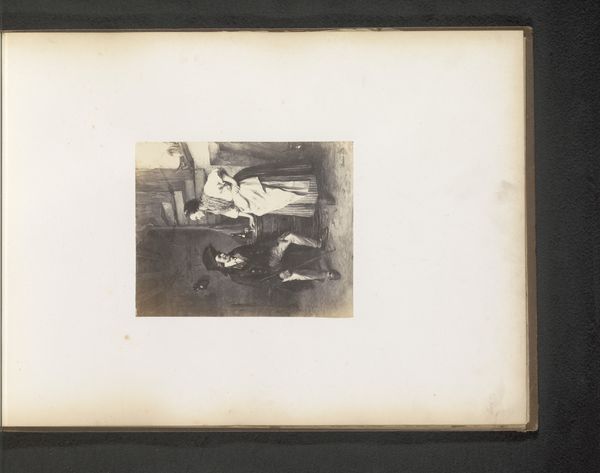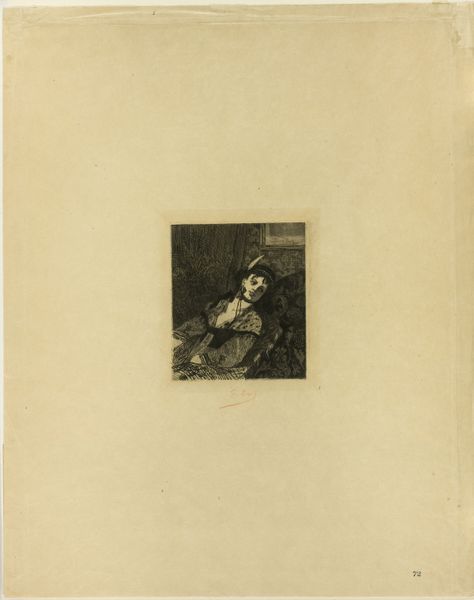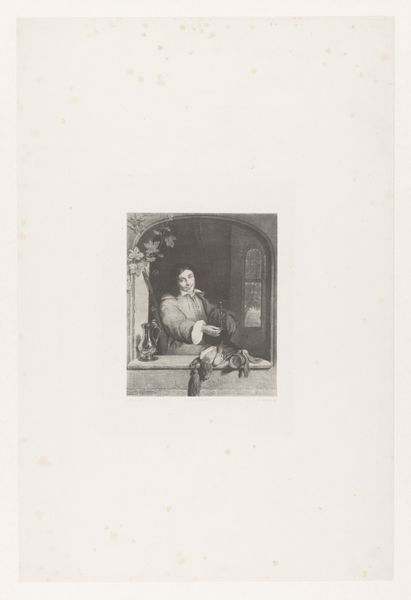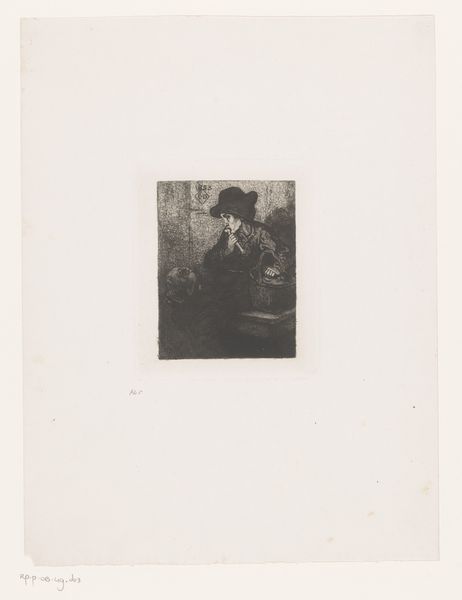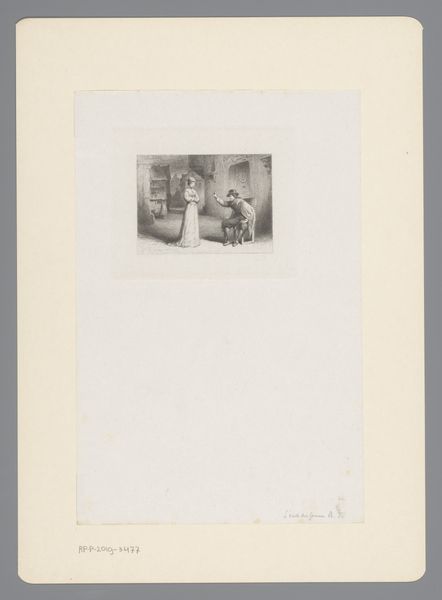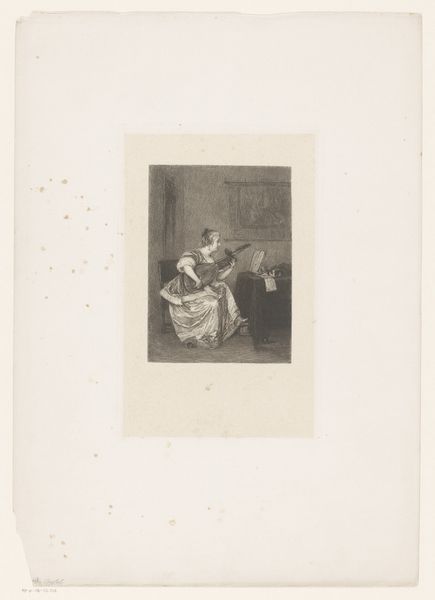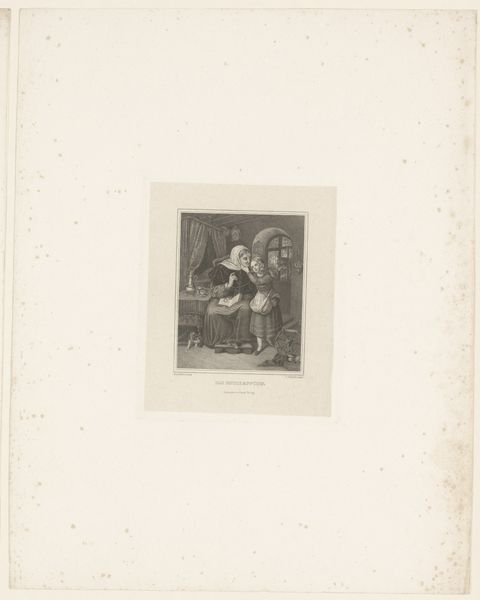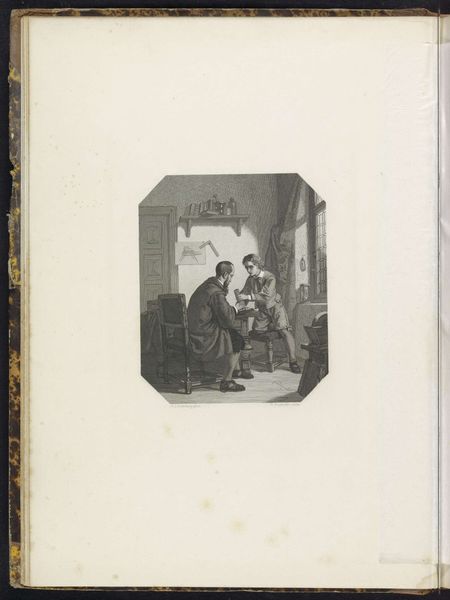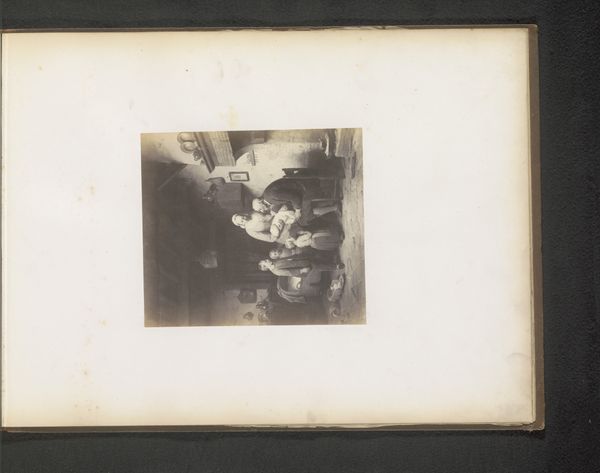
drawing, pencil
#
portrait
#
drawing
#
romanticism
#
pencil
#
history-painting
Dimensions: height 431 mm, width 306 mm
Copyright: Rijks Museum: Open Domain
Editor: This pencil drawing, "Titiaan, zijn laatste werk schilderend," from 1844 by Adolphe Mouilleron, has a sombre feel to it. The rendering of the artist at work, seemingly in his final moments, is really striking. What draws your attention in this piece? Curator: For me, this piece throws a light on artistic production within its specific historical context. We see not just a depiction of Titian, but also an insight into the 19th-century Romantic idealization of the artist as a suffering genius. What were the prevailing social attitudes toward artistic labor at that time? Consider, too, the medium itself. The choice of pencil—a relatively accessible material—seems deliberately aligned with Romantic notions of sincerity and unmediated expression. Editor: So the pencil drawing, in itself, speaks to a certain kind of artistic value judgment in the Romantic era? Curator: Precisely. Think about it: how does this modest drawing of Titian differ from, say, a grand history painting executed in oil? One is immediate, perhaps perceived as more "authentic" whereas the other emphasizes technique and permanence. This image makes me wonder what material traces were left behind from Mouilleron's production of it. Are there sketches or other documentation surrounding its commission and distribution? And for whom was it produced? Editor: That makes me rethink my initial, emotional reaction. Considering it in terms of production and consumption makes it so much more complex. Curator: Absolutely. By understanding the labor, the materials, and its original audience, we can challenge our romanticized views and gain a more grounded perspective on this artwork and its context. Editor: I hadn't thought about Romanticism as having its own economic drivers, but it makes perfect sense. Curator: Exactly, that is the advantage of materialist consideration to works of art and imagery.
Comments
No comments
Be the first to comment and join the conversation on the ultimate creative platform.
